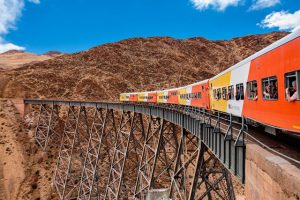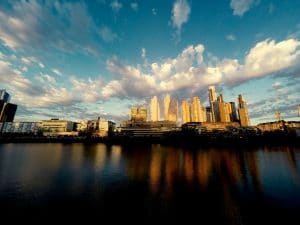What are the best neighborhoods in Buenos Aires?…
Next, we tell you which are considered the best neighborhoods to live in the City of Buenos Aires.
- Palermo. Certainly, Palermo is considered the best neighborhood to live in the City of Buenos Aires . …
- Recollect. Recoleta is one of the great classics of the city. …
- Belgrano. …
- little horse …
- San Telmo.
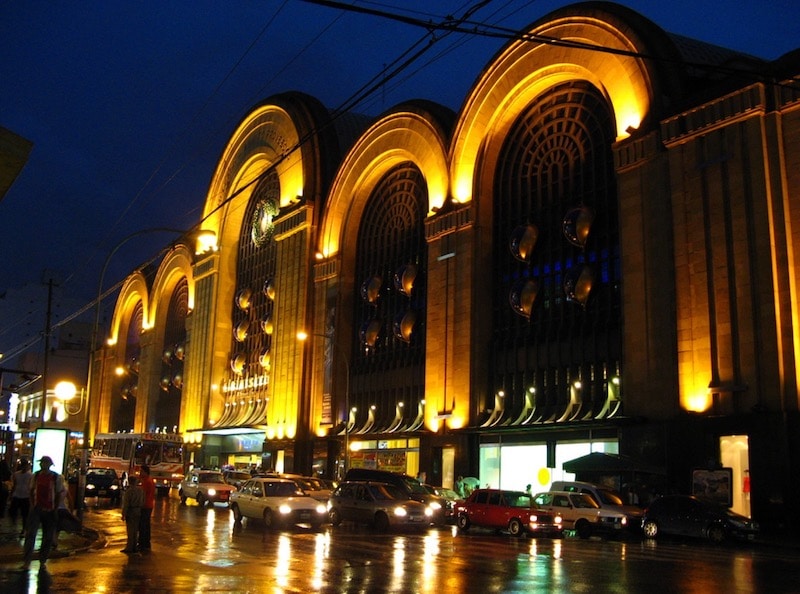
The Supply
In these neighborhoods live tango, poetry, factories, and churches.
Abasto is called the old market located in Balvanera, on Av. Corrientes and Agüero, which was a fruit and vegetable supplier market until 1984, and which remained unused for some years. Since 1999 it is a shopping center.
Almagro and Abasto are neighborhoods with a strong personality, alternative art mixes with the traditional, and the streets that were once the cradle of tango today open their arms to alternative theater, with workshops and rock & roll in the neighborhood. Less prepared for tourism than others and with an intense commercial life.
Top 5 Neighborhoods Almagro and Abasto
- Carlos Gardel House Museum: A visit to the museum house where Carlos Gardel lived until 1933. With the period decoration, you can go back to the years when the singer lived here,
- Shopping at Shopping Abasto: Here you can find the best brands and stores, if you just want to go shopping. The mall also has movie theaters and an excellent food hall.
- Live Tango show in the neighborhood: It is recommended to visit one of the many tanguerías and thus enjoy a live Tango show. Dinner, show, and dance, not to be missed. In Pasaje Zelaya the walls of the passage are adorned with portraits of Carlos Gardel and lyrics and scores of some of his tangos, such as “Golondrinas” and “Melodía de arrabal”.
- Almagro – Abasto, a neighborhood of Milongas and Peñas: The “almagro” tango with music by Vicente San Lorenzo and lyrics by Augusto Martini, speaks of the unique neighborhood, the cradle of Argentine tango. In San Telmo and Abasto you will find the most recognized milongas and dance classes in Buenos Aires. Folklore has a strong presence through the Creole clubs: musical shows, classes and dance floors, typical food and drinks.
- Eat a barbecue in Almagro: You cannot miss the Argentine barbecue in one of the many canteens that exist in this neighborhood. The best barbecues are eaten here, much visited by Argentines and tourists.
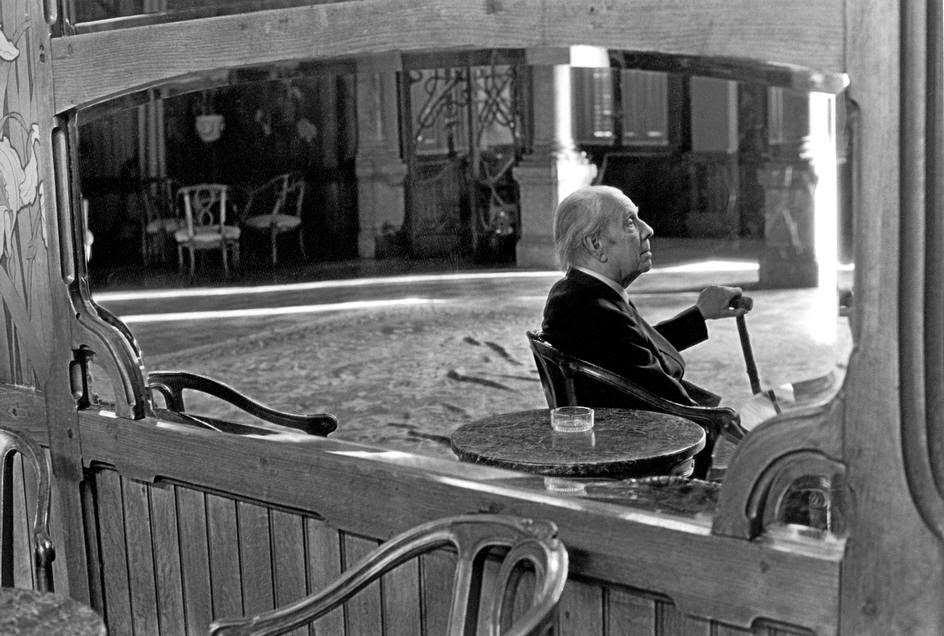
Palermo neighborhood
Famous for its great nightlife, Palermo is identified as the nightlife district of the capital. It is a large neighborhood, the one with the most blocks of the neighborhoods of all the neighborhoods. Ideal for those who want to walk through its attractive squares and parks. Forests with gardens and lakes, Palermo is the largest green lung of the city.
Palermo Holywood, also called Soho porteño, is the oldest part of this neighborhood. Redoubt of great poets, like Borges, Evaristo Carriego.
Top 5 neighborhood of Palermo
- Go shopping in the designer stores in Palermo Soho: Here we can find a diversity of independent designers, the so-called avant-garde in terms of design of various objects, quality of clothing and decoration is found here. Most of the stores are located on Calle Honduras, Calle Serrano (at the height of Plaza Julio Cortazar or Placita de Serrano), also on Plaza Palermo or Plaza de Costa Rica, and Costa Rica and Armenia streets.
- Going out for a drink in the bars of old Palermo: A special neighborhood to visit bars, go out for a drink and then go to a nightclub. Walking through its streets you will find different Resto-Bar. This is what they are called, a place with a mix of restaurant and bar. They offer a variety of dishes and drinks, and some live shows.
- Going out to dinner in Palermo Hollywood: In Palermo, Mediterranean, Mexican, and Asian cuisine coexist, with a variety of dishes and design venues with live musical shows. And Buenos Aires restaurants that offer dishes based on vegetables, or meat, pizza and pasta. Some delicacies to try are: pancakes, scrambled eggs, Provencal chicken, Milanese, among others.
- Palermo museums and alternative theater: In this neighborhood we can also find excellent museums, the best thing is not to miss the one dedicated to Evita, and the Latin American Museum of Buenos Aires. The Cortazar square, place of fair, cultural activities and gatherings, around it there are bars with alternative theater and live music cycles.
- The Gardens or forests of Palermo: It is one of the richest areas, since the porteños visit them very often, to walk and play sports. Not to be missed: the Japanese Garden, the Botanical Garden, and the Parque 3 de Febrero.
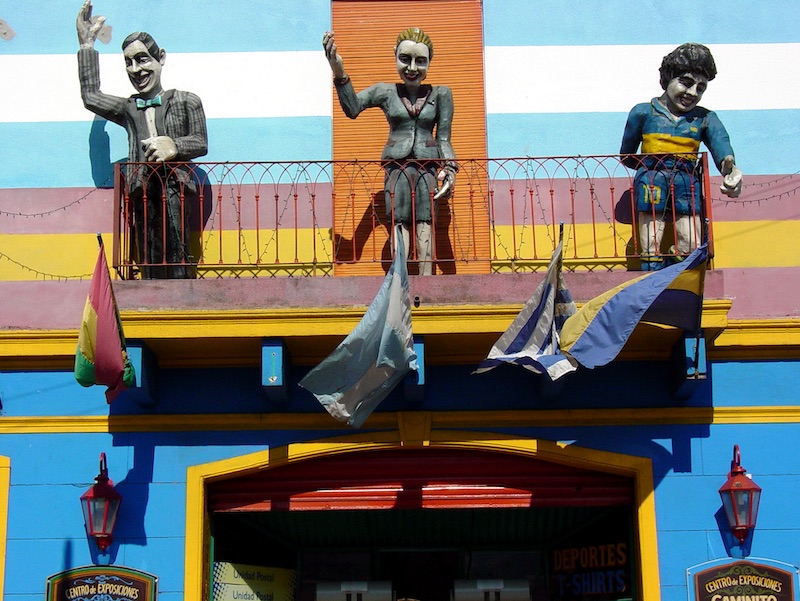
Neighborhood of the mouth
La Boca is a neighborhood of Buenos Aires in Argentina. It is located on the southeast edge of the city. Its name is due to the fact that it is located at the mouth of the Riachuelo in the Río de la Plata. Among other reasons, the neighborhood is known for hosting the famous Boca Juniors stadium, “La Bombonera”.
Top 5 neighborhood of La Boca
- Caminito: One of the most famous streets in the city, as well as being one of the most picturesque and beautiful. Dancers, artists, vendors, and tourists coexist in it. In summer it also functions as a theater and there are permanent exhibitions of murals, paintings and sculptures.
- Fundación Proa: It is a typical Italian house from the end of the 9th century, located in the old neighborhood of La Boca, and is decorated with objects from a contemporary art center. It has 3 floors where we can find exhibitions, a video library, concerts and conferences.
- Boca Field: For any soccer lover, a visit to the Bombonera cannot be missed, taking a walk through the most popular stadium in Argentina, where the Boca – River classics are played.
- Parrillas de La Boca: Eating a delicious barbecue at any canteen in this neighborhood is something you cannot miss. In its beginnings, the workers of the factories and refrigerators of the neighborhood attended, now it is filled with families, neighbors, politicians and tourists. It is a true Argentine canteen that displays its menu on large blackboards. Be sure to try the butterfly steak: round and round with Provencal potatoes. Delicious!
The Microcent
Heart of the city and delimited by the San Nicolás and Montserrat neighborhoods, in the Microcrentro neighborhood skyscrapers coexist with old European-style buildings and colonial churches. Here you can cross from tourists, to executives and employees of the administration. Florida Street is pedestrianized and runs through this area, offering a variety of shops, street artists, and a couple dancing tango at the end of the street. It is one of the busiest streets in the center, and it is very noisy.
What to see in Downtown Buenos Aires
- Avenida 9 de Julio: The widest avenue in the world. Here we can find the Obelisk, shops, restaurants, buildings, lots of people and traffic. We are in the center!
- Av. Currents: It is the street of the most important books and plays. In addition to its variety of bookstores, some faculties of the University of Buenos Aires are also located here. It is a very busy avenue to go out at night to the theater and have a coffee.
- Lavalle and Florida Streets: On Lavalle Street we can watch movies, finding different rooms. On Florida Street, we will find shops of all kinds, from bookstores, leather shops, to record stores and restaurants. It is also a street venue for tango dancers and musical artists. Florida Street is pedestrianized and represents being the most visited street by tourists and Argentines.
- Borges Birthplace: Inaugurated in 1999, in the museum you can find unpublished poems, manuscripts, first editions, photographs, and even correspondence between your friends.
- Plaza de Mayo: It is as old as Buenos Aires and home to political events in the country. Witness social and political demonstrations, and national celebrations. Here is the Government House and the Cabildo.
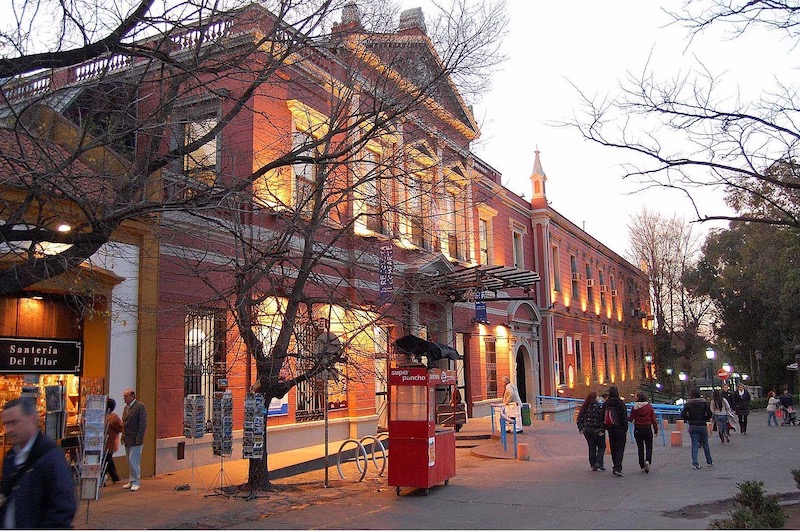
The Recoleta
Recoleta is a neighborhood to walk and enjoy its wide squares, terraces, and observe its historic European-style buildings. With street artists in the squares and craftsmen of a very good level. Recoleta is a residential area, with mansions used as embassies.
Top 5 Recoleta neighborhood
- Recoleta Cemetery: Founded by the Recollect monks in 1822, it is recognized internationally for its sculptures, vaults and tombs, of Argentine families and mausoleums of heroes.
- Iglesia del Pilar: Founded by Jesuits and located in Plaza Recoleta, it is one of the oldest churches in Buenos Aires.
- Recoleta Cultural Center: In its varied exhibitions we can find paintings, photographs and sculptures. It can be consulted in the center for guided tours and thus learn about the history and architecture of the building.
- Plaza Francia – Patio Bullrich: In Plaza Francia we will find, on weekends, the largest artisan fair in the city. With top-level artisans and street artists who invade the square with their shows. A beautiful place to walk and tour, buying souvenirs of the city. In the Bullrich courtyard, shows and concerts for children are held. In addition, it is built by an English architect, and today it is one of the most visited shopping malls in Buenos Aires.
- Alvear, Quintana, Callao avenues. Or the streets Guido, Ayacucho, Posadas: In these avenues and streets you can see the most select hotels and shops in the city. Since Recoleta is an old neighborhood, but with distinction. There are also excellent restaurants and bars with terraces to eat or have a drink.
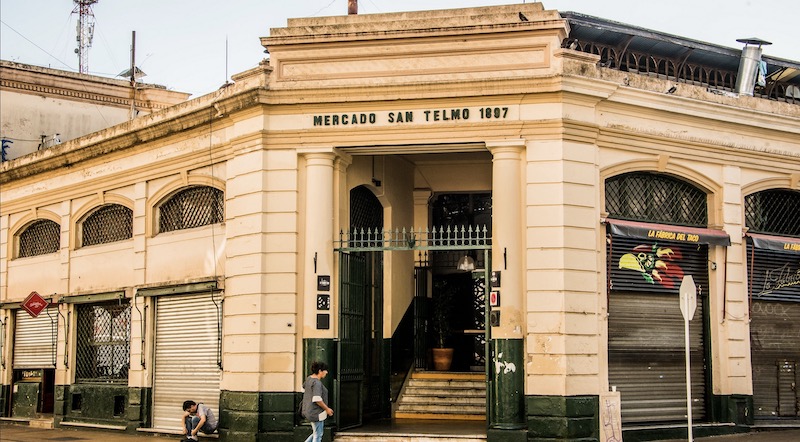
San Telmo neighborhood
Considered the cradle of the suburb, San Telmo is the corner of Argentine tango payadores. Tragedy, humor and nostalgia, in each of its corners. It is a neighborhood full of plastic artists where merchants and businessmen coexist.
San Telmo is one of the oldest and most picturesque neighborhoods in the City of Buenos Aires. The state of many buildings in ruins makes it attractive. Their houses are constructions of English and French style. It currently houses the most important antiques market and has the largest number of tanguerías.
What to visit in San Telmo
- Plaza Dorrego: We can find several old bars in San Telmo that should be visited in the alleys around the square. The best day to visit it is on Sunday mornings, with the antiques fair in Plaza Dorrego, and the tango dancers, mixed among the merchants and neighbors.
- Museum of Modern Art: The modern architectural building located in San Telmo has a rich contemporary Argentine plastic heritage, since it has works by the most outstanding artists.
- Tango Show San Telmo, The old warehouse: it is a traditional tango corner, on Av. Independencia and Balcarce, where we can enjoy its well-known dinner show – live show. . Also in the neighborhood there are cafes and tanguerías to go to dance tango, you can even take some classes!
- National Historical Museum: It exhibits objects related to the May Revolution and the War of Independence, two very important dates for the country, and visiting it we can understand the history and events of the country in 1810. In addition, it was declared a National Historic Monument.
- San Telmo Market: Keeping its architecture intact after 100 years, it is one of the most visited places in Buenos Aires. In its small shops inside you can find everything from an old tango vinyl to an old camera from the time of our grandparents. Clothing from the 1920s and the most curious antiques.



